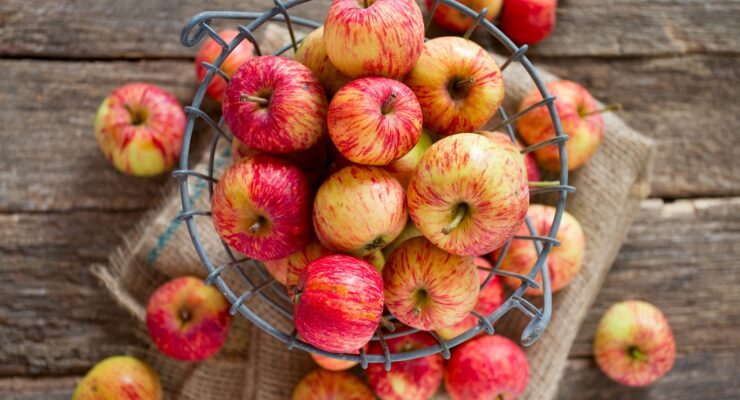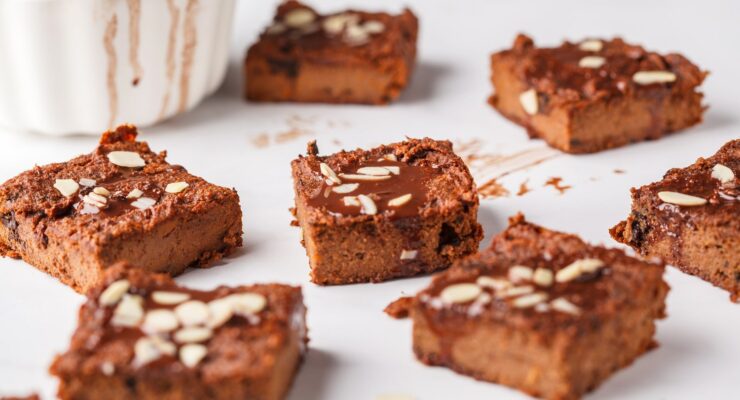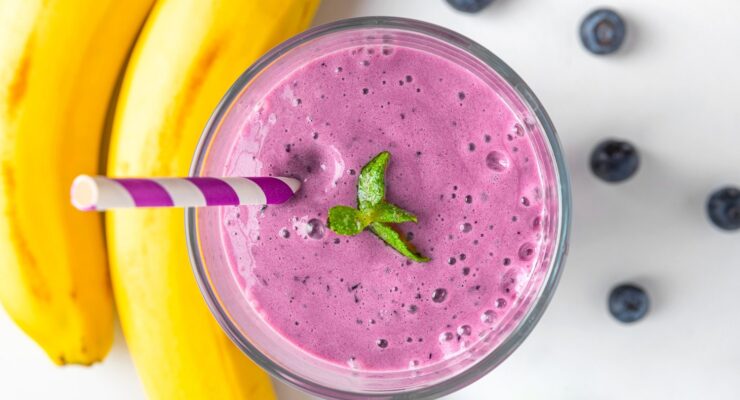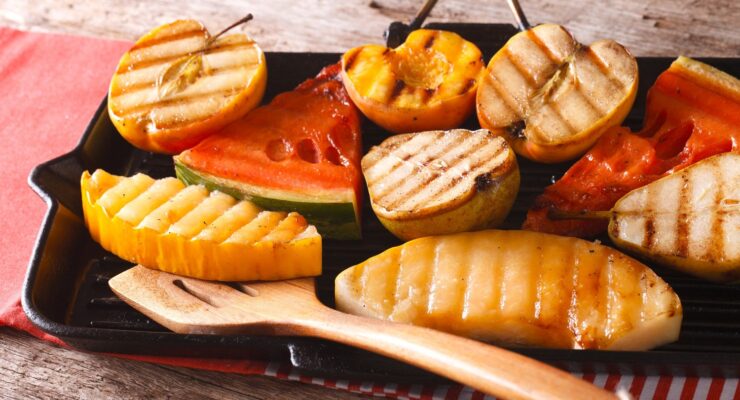Superfood Spotlight: Why Olive Oil Should Be a Staple in Your Healthy Diet
Article posted in: Diet & Nutrition
Olive oil might seem like a small component of a meal, but its impact on wellness and weight loss is anything but minor. As a cornerstone of the Mediterranean diet, olive oil is not only known for its rich flavor but also its ability to provide healthy fats that are essential for weight loss. Whether you drizzle it over salads or incorporate it into desserts, this versatile ingredient can boost your efforts to shed extra pounds. Here’s everything you need to know about the benefits of olive oil and how to use it effectively for weight loss.
What is Olive Oil?
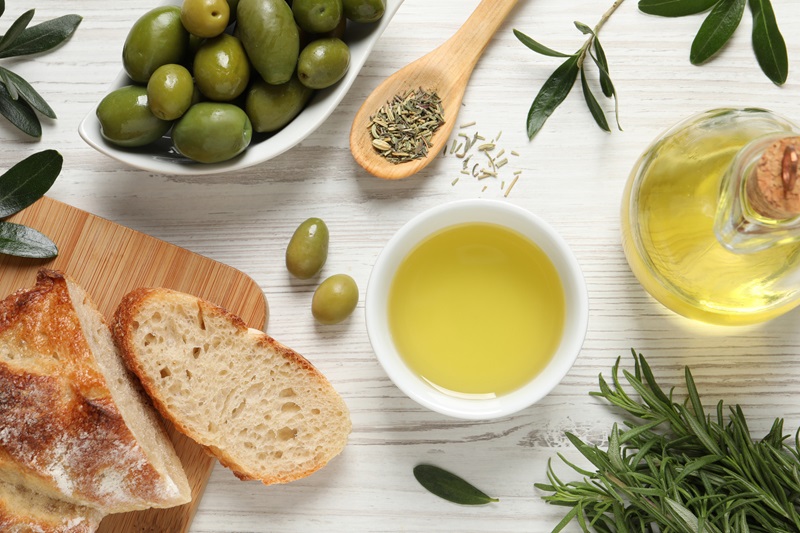
Olive oil is derived from olives, which grow in the warm, dry conditions around the Mediterranean Sea and similar climates. For thousands of years, it has been a staple in the diets of people living in places such as Italy, Greece and the Middle East.
The process of making olive oil is simple yet powerful. It is made by crushing the olives, traditionally in a stone press, and then separating the liquid oil from the solid flesh and pits. Unlike other common cooking oils like corn or canola oil, olive oil is often made without the use of heat or chemicals.
There are different types of olive oil, with extra virgin olive oil (EVOO) being the highest quality. Extra virgin and virgin olive oils are made without heat or solvents, which helps preserve the flavor and nutrients. It’s rich in flavor and packed with health benefits, especially when compared to refined oils that are processed at high temperatures.
Health Benefits of Olive Oil
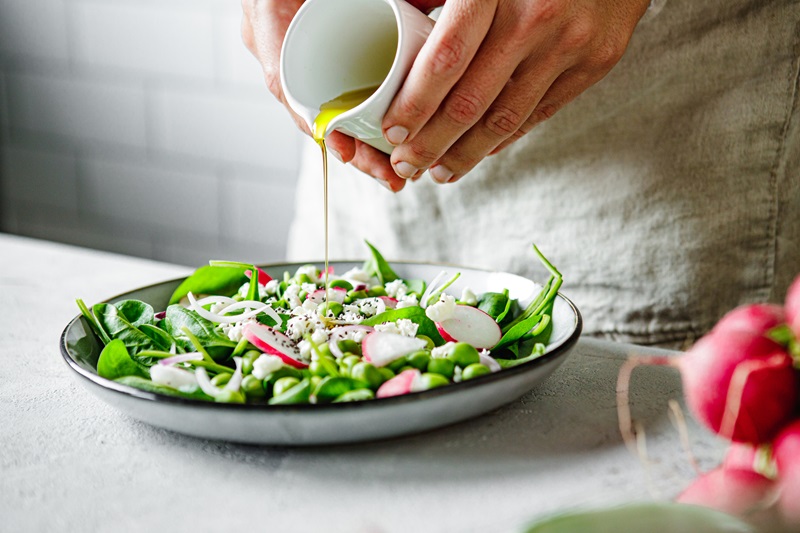
Heart Health
A tablespoon of olive oil has 126 calories and 14 grams of fat. According to the American Heart Association, “Among all edible plant oils, olive oil has the highest percentage of monounsaturated fat, which lowers “bad” LDL cholesterol and increases “good” HDL. It’s been shown to lower blood pressure and contains plant-based compounds that offer anti-inflammatory and antioxidant properties known to reduce the disease process, including heart disease.”
Your body also needs healthy fats such as olive oil to absorb key nutrients from the food you eat. Leafy green vegetables such as spinach and kale are high in vitamin A, a fat-soluble vitamin that is essential for your vision and immune system. A little olive oil helps you get the maximum nutrition from those vegetables. Vitamins E, D and K are other important fat-soluble vitamins.
Weight Loss Benefits
Many believe that people in Mediterranean countries have a healthier diet compared to those in the U.S., largely due to their extensive use of olive oil. Recent studies suggest that olive oil consumption is linked to improved weight loss outcomes.
According to a report in the British Journal of Nutrition, a group of overweight men who replaced saturated fat with monounsaturated fats in their diets experienced significant weight loss, even though they consumed the same number of calories as a control group.
A study of women, published in the Journal of Women’s Health, found that an olive oil-enriched diet brought about greater weight loss than simply reducing fat consumption.
Researchers, sharing results of their study of overweight people in the European Journal of Nutrition, noted that olive oil consumption “reduced body fat and improved blood pressure.”
A tablespoon of olive oil is considered a PowerFuel on Nutrisystem weight loss plans because its healthy fats help satisfy your appetite and keep you feeling full when you’re done.
Antioxidant Power
As previously noted, olive oil is rich in antioxidants. The Cleveland Clinic highlights that extra virgin olive oil boasts over 20 types of polyphenols. These antioxidants not only lower the risk of heart disease but also contribute to reducing inflammation and preventing cancer, potentially extending your lifespan.
“A 2022 study found that over a 28-year period, high olive oil consumption was associated with an 8% to 34% lower risk of death related to disease. Specifically, participants who consumed a lot of olive oil were 19% less likely to die of cardiovascular disease and 17% less likely to die of cancer than people who didn’t consume much of it,” says Cleveland Clinic.
Different Types of Olive Oil

Understanding the different types of olive oil is key to maximizing its benefits. Looking at the labels of olive oil varieties on the grocery store shelf can be confusing, so we’ll explain the differences.
- Extra virgin olive oil, sometimes listed as EVOO, is the highest quality. It comes almost directly from cold-pressing of olives, which maintains the maximum amount of the oil’s nutrients and keeps the flavor at its peak. The oil’s color ranges from green to gold and the taste is rich and fruity. EVOO is the best choice for using on salads, dipping bread and other dishes in which you taste the oil. To be labeled as “extra virgin” the oil must be free of defects (such as excessively acidic flavor) as defined by the trade organization that oversees the marketing of olive oil in the U.S. EVOO tends to be the most expensive variety.
- Virgin olive oil is slightly lower in quality and is a bit more acidic than EVOO. Virgin olive oil is also minimally processed, but it may contain defects in flavor, even though they may not be noticeable to untrained palates. Virgin olive oil is ideal for marinades, sauces and blending with other flavorings.
- Refined olive oil, often labeled as “pure olive oil” or just “olive oil,” is heated or otherwise processed from virgin olive oil to remove any defects or impurities. It tends to be lighter in color than extra-virgin and virgin oils, and its flavor and aroma are fairly bland. Use it for sauteing, frying or heated dishes.
- Light and extra light olive oils are a combination of refined olive oil and a small percentage of virgin olive oil. Be aware that these oils are lighter in flavor and color, but not lower in fat or calories than the other types. Its light flavor makes it useful for baking or in any dish that you do not want to taste the oil.
Recipes Using Olive Oil

In addition to its health benefits, olive oil helps bring out the flavor of other ingredients and enhances the taste and texture of many dishes. Here are some tasty, weight-loss-friendly recipes that use olive oil:
Lemon Thyme Vinaigrette transforms your daily vegetable intake into a delightful experience. One taste and you’ll anticipate that side salad more than the main course! Crafted with wholesome, flavorful ingredients like shallots, white wine vinegar, Dijon mustard, olive oil, lemon juice and fresh thyme, this dressing is as simple to make as it is delicious.
Cantaloupe Goat Cheese Salad features the sweet and juicy melon along with the tangy and creamy cheese. They’re paired with peppery arugula, cherry tomatoes and pumpkin seeds. A dressing made with mustard, honey, lemon juice and olive oil ties it all together.
Grilled Asparagus Caesar Salad is a tasty variation of the classic dish. It starts with grilling asparagus spears to tenderize them and bring out their sweetness. They’re topped with a creamy blend of plain Greek yogurt, non-fat milk and parmesan cheese, along with olive oil and seasonings.
Roasted Spiralized Carrots turn the crunchy vegetable into pasta-like strands that are seasoned with onion, garlic and olive oil. The spiralized carrots are topped with pumpkin seeds and super-sweet Medjool dates, then baked until warm and fragrant. Crumbles of creamy goat cheese are the finishing touch to this satisfying dish.


